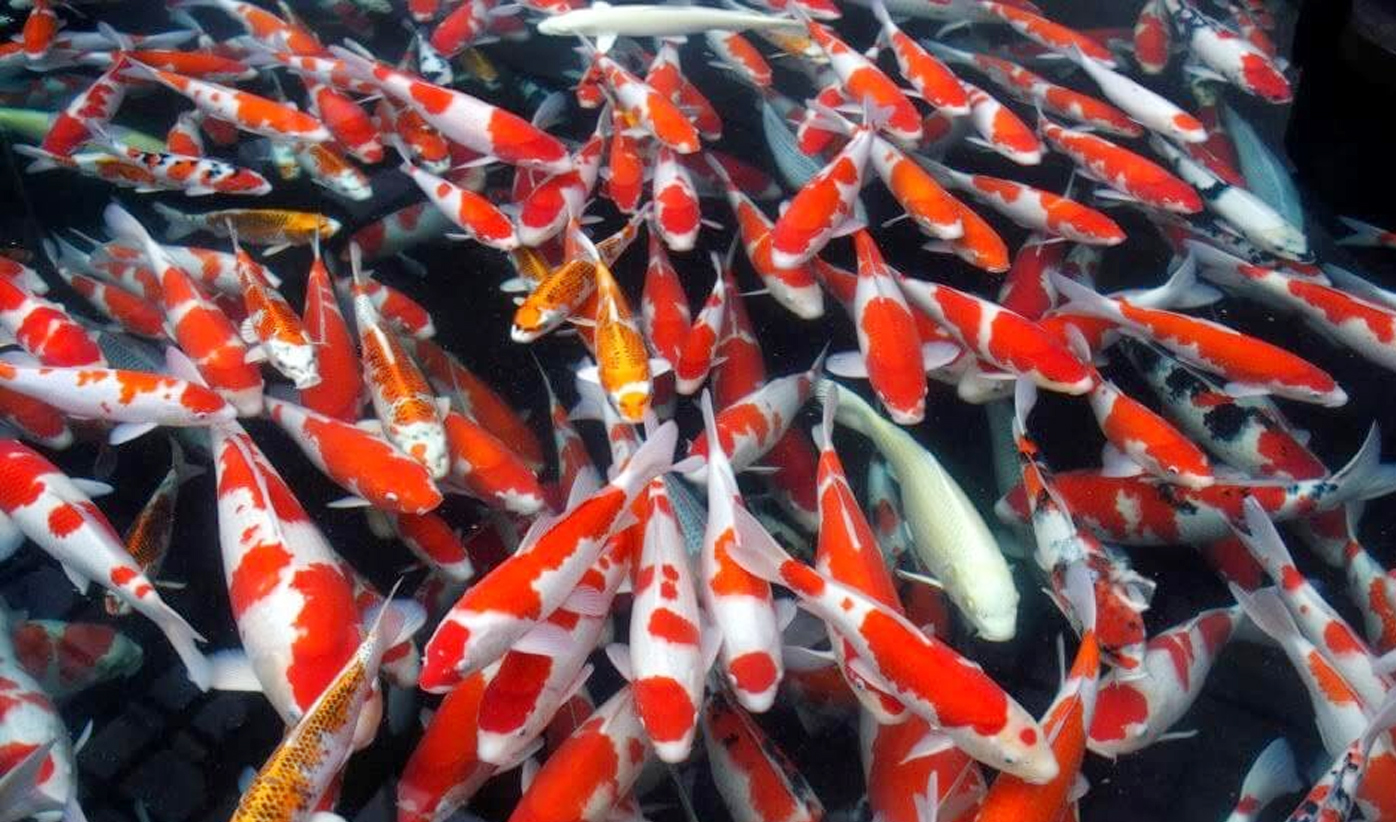

Strategies to increase the production of koki baster fish are need to be standardized on how to farm koki baster fish, standarized koki baster fish and community coaching on the need to carry out the stages of koki baster fish breeding in accordance with the good and environmentally friendly method of fish hatchery. The conclusion of there search is the community does not yet have standard in managing fish hatching of koki baster fish, they only rely on experience and habits so that the obtained production is still low. It means that the variable has a large correlation to the number of larvae. The principal component analysis showed that the variable use of organic fertilizer, anorganic fertilizer and larvae feed was in the first component area. Conversely, the variable water height has a negative value on the number of larvae, which is -3.5%. Correlation test showed that the variable use of fertilizers had a positive correlation of 69,5% to the number of larvae. Based on the results of multiple regression analysis obtained the relationship between variables in the seeding stage with the number of larvae. The variables were analyzed by validity, reliability, multiple regression analysis and principal component analysis using SPSS and Minitab application. The variables used are the aquaculture stage (x) consisting of lime dosage, organic fertilizer, anorganic fertilizer, water height, female parent, parent feed, comparison of male and female parent, parent age, larvae feed and duration to number of larvae (y). As comparative data, the hatchery of koki baster fish was conducted in the research pond. The questionnaires were distributed to 100 respondents who were conducting hatchery for koki baster that scattered in 13 villages in Cisaat Subdistrict. Data collection was conducted through interviews, observations, questionnaires and documentation. This study aims to analyze the application of the management of koki baster fish in Cisaat Subdistrict, Sukabumi Regency, so that a management strategy can be formulated in developing environmentally friendly koki baster in Sukabumi Regency. However, from 2012 to 2015, the production of koki baster fish has decreased.

Koki baster fish (Carasius auratus) or goldfish, besides as ornamental fish are also used as fish feed and fishing bait which demand tends to increase from year to year.


 0 kommentar(er)
0 kommentar(er)
